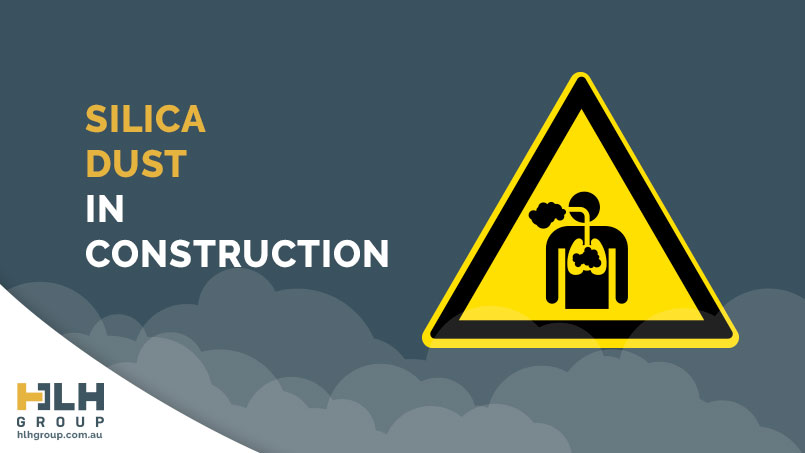Silica dust in construction is a crucial topic that concerns all of us in the construction industry. In this post we’ll discuss the risks associated with silica and how you can best mitigate them.
Silica Dust and its Potential Hazards
Silica dust is a common component found in many construction materials, and exposure to it can lead to severe health issues if not managed properly. In this post, we will discuss what silica is, its health risks, and best practices to protect ourselves and our colleagues from exposure. Let’s take a few minutes to understand this serious matter and learn how to keep ourselves safe on the job site.
Definition and Sources of Silica
Silica is a naturally occurring mineral found in materials such as sand, granite, concrete, brick, and mortar. It is released into the air as respirable dust when these materials are disturbed or processed, such as during cutting, grinding, drilling, or crushing activities. Breathing in fine silica dust particles can cause significant harm to our lungs and overall health.
Silica Health Hazards
Exposure to silica dust can lead to serious health conditions, including:
- Silicosis: A debilitating lung disease that can occur after prolonged exposure to high levels of silica dust. It causes scarring and inflammation in the lungs, making it difficult to breathe.
- Respiratory Issues: Short-term exposure to silica dust can cause coughing, wheezing, and shortness of breath.
- Lung Cancer: Prolonged exposure to silica dust has been linked to an increased risk of developing lung cancer.
- Other Health Issues: Silica dust exposure may also contribute to the development of chronic obstructive pulmonary disease (COPD), kidney disease, and autoimmune disorders.
Prevention and Silica Control Measures
To protect ourselves and our co-workers from silica dust exposure, we must follow these preventive measures:
- Use Engineering Controls: Whenever possible, use tools and equipment equipped with water suppression or local exhaust ventilation systems to reduce the amount of dust generated.
- Respiratory Protection: If engineering controls are not sufficient, wear appropriate respiratory protection, such as N95 respirators, to prevent inhaling silica dust.
- Limit Exposure Time: Minimize the time spent working with materials that produce silica dust.
- Work Practices: Follow safe work practices, such as wetting down materials before cutting or grinding and avoiding dry sweeping.
- Personal Hygiene: Wash your hands and face before eating, drinking, or smoking to avoid ingesting silica dust
- Training and Awareness: Ensure that all workers are trained on the hazards of silica dust, its proper control measures, and the correct use of personal protective equipment.
- Medical Surveillance: Encourage regular health check-ups to monitor and assess any potential health effects related to silica
Silica Safety on Site
In conclusion, silica dust is a serious health hazard that we must take seriously. By following the preventive measures and safe work practices outlined in this Safety Blog, we can protect ourselves and our colleagues from the harmful effects of silica exposure. Let’s be proactive in implementing these measures and encourage others to do the same. Remember, our health and well-being depend on it. Thank you all for your attention, and let’s work together to create a safer work environment. Stay safe!
